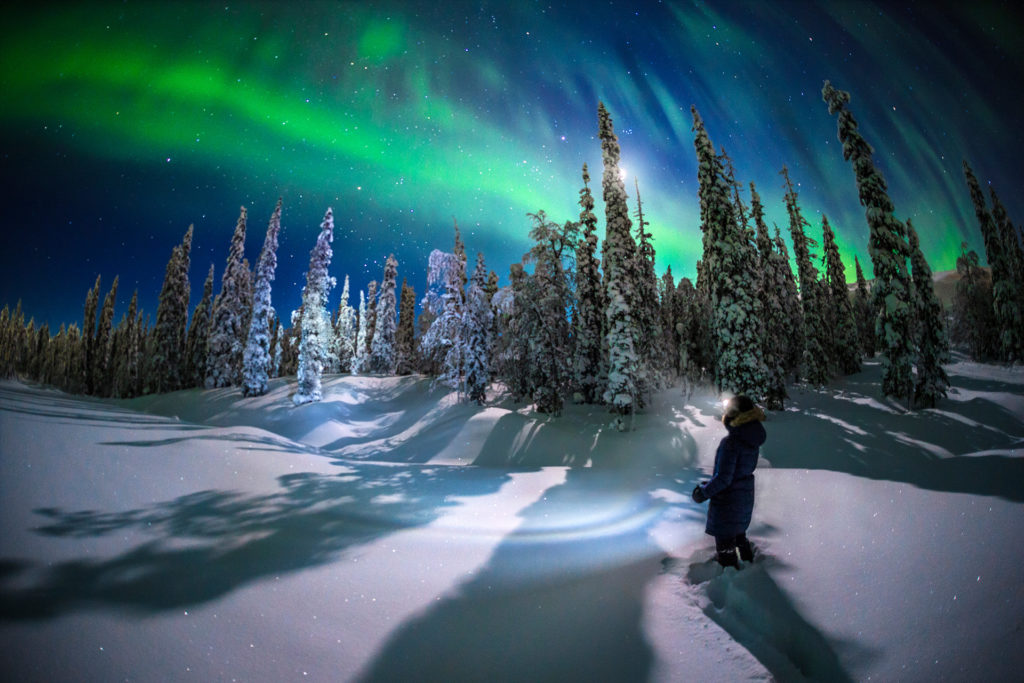The Best Spots for Nature Photography Around Saariselkä
For those seeking the perfect nature photography spots, Saariselkä in Finnish Lapland offers a stunning array of landscapes and natural phenomena. From the ethereal Northern Lights to the serene beauty of Arctic wildlife, Saariselkä is a photographer’s paradise. This guide will help you discover the best locations and times for capturing the breathtaking beauty of this unique region.
Top photography locations around Saariselkä
Saariselkä is renowned for its diverse landscapes, making it an ideal destination for nature photography. Here are some of the top spots to consider:
- Urho Kekkonen National Park: This vast wilderness area offers endless opportunities for capturing the raw beauty of Lapland. With its rolling fells, pristine forests, and tranquil lakes, the park is a must-visit for any nature photographer.
- Kaunispää Fell: Known for its panoramic views, Kaunispää is a popular spot for capturing the vastness of the Arctic landscape. The fell is easily accessible and provides stunning vistas, especially during sunrise and sunset.
- Kiilopää Fell: Another excellent location for landscape photography, Kiilopää offers a more rugged terrain with dramatic views. It’s a great spot for capturing the interplay of light and shadow across the fells.
The best time of year for nature photography in Saariselkä
The timing of your visit to Saariselkä can greatly influence the type of photographs you can capture. Each season offers its own unique opportunities:
- Winter (December to February): This is the best time for Northern Lights photography, as the long nights provide ample opportunities to capture this natural wonder. The snow-covered landscapes also offer a magical backdrop for winter photography.
- Spring (March to May): As the snow begins to melt, the landscape transforms, offering a mix of winter and spring scenes. This is also a good time for Northern Lights photography, with clear skies and longer daylight hours.
- Summer (June to August): The Midnight Sun provides unique lighting conditions, with the sun never fully setting. This is a great time for capturing the vibrant flora and fauna of the region.
- Autumn (September to November): The autumn colors in Lapland are spectacular, making it a prime time for landscape photography. The Northern Lights also become more visible as the nights grow longer.
Photography tips for capturing the Northern Lights
Northern Lights photography requires some specific techniques to capture the best images. Here are some tips to help you succeed:
- Use a tripod: A stable tripod is essential for long exposure shots, which are necessary to capture the Northern Lights.
- Set a long exposure: Start with an exposure time of 15-30 seconds to capture the movement of the lights. Adjust as needed based on the intensity of the aurora.
- Use a wide aperture: A wide aperture (f/2.8 or lower) will allow more light to reach the sensor, essential for night photography.
- Adjust ISO settings: Start with an ISO of 800-1600 and adjust based on the brightness of the aurora and your camera’s capabilities.
- Focus manually: Autofocus can struggle in low light, so switch to manual focus and set it to infinity for sharp images.
Essential gear for nature photography in Arctic conditions
Photographing in Arctic conditions requires some specialized gear to ensure both your comfort and the quality of your images:
- Weatherproof camera and lenses: Ensure your equipment is weather-sealed to protect against snow and moisture.
- Extra batteries: Cold temperatures can drain batteries quickly, so bring extras and keep them warm in your pockets.
- Sturdy tripod: A robust tripod is essential for stability in windy conditions and for long exposure shots.
- Warm clothing: Dress in layers and ensure you have insulated gloves that allow you to operate your camera.
- Lens cloths: Keep lens cloths handy to wipe away any moisture or snow that may accumulate on your lenses.
Local wildlife: What to expect and how to photograph them
Saariselkä is home to a variety of Arctic wildlife, offering exciting opportunities for wildlife photography:
- Reindeer: These iconic animals are often seen grazing in the open fells. Use a telephoto lens to capture them from a distance without disturbing them.
- Birds: The region is home to a variety of bird species, including the Siberian Jay and Willow Ptarmigan. Early morning is the best time for bird photography.
- Arctic foxes and hares: These elusive creatures can be challenging to spot, but patience and a quiet approach can yield rewarding images.
When photographing wildlife, always maintain a respectful distance and avoid disturbing the animals. Use a telephoto lens to capture close-up shots without intruding on their space.
Sustainable nature photography practices in Saariselkä
Practicing sustainable photography is crucial to preserving the natural beauty of Saariselkä for future generations. Here are some tips to ensure your photography is environmentally friendly:
- Leave no trace: Always clean up after yourself and avoid disturbing the natural environment.
- Respect wildlife: Keep a safe distance from animals and never feed or attempt to touch them.
- Stay on marked trails: Avoid trampling vegetation by sticking to designated paths and trails.
- Minimize noise: Keep noise levels low to avoid disturbing wildlife and other visitors.
- Support local conservation efforts: Consider donating to or volunteering with local conservation organizations to help protect the region’s natural beauty.
By following these guidelines, you can enjoy the incredible nature photography opportunities in Saariselkä while ensuring the environment remains pristine for others to enjoy.
Experience the Arctic in Luxury
Book the vacation of your dreams with us today!
